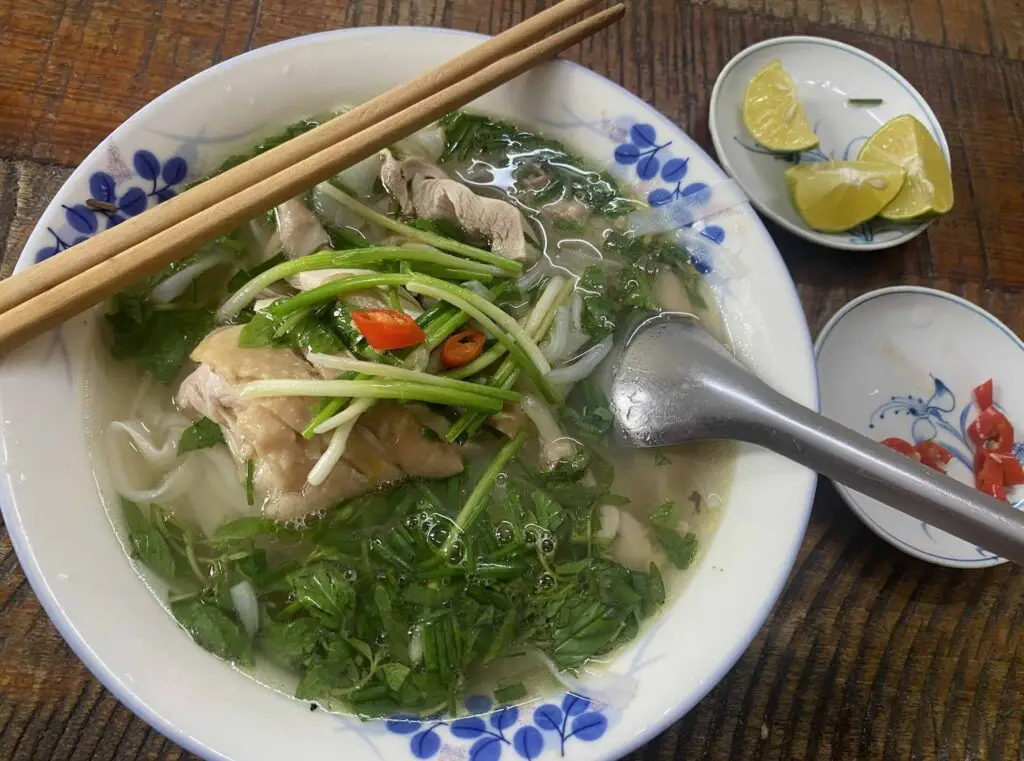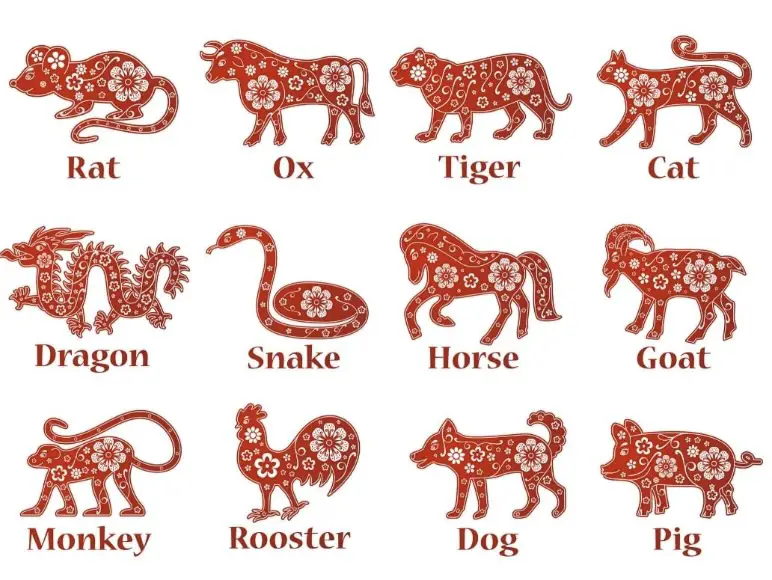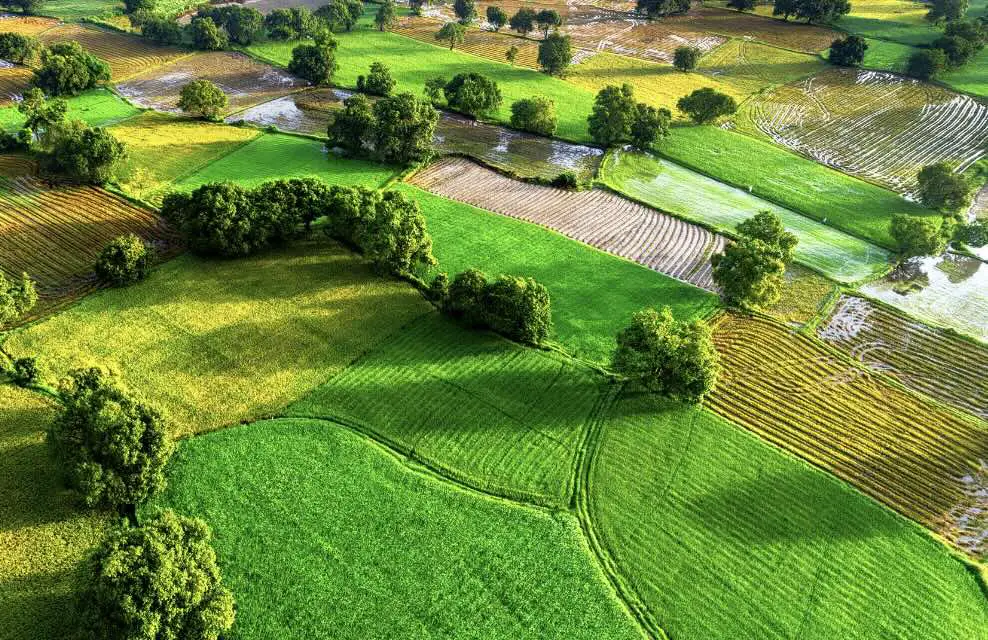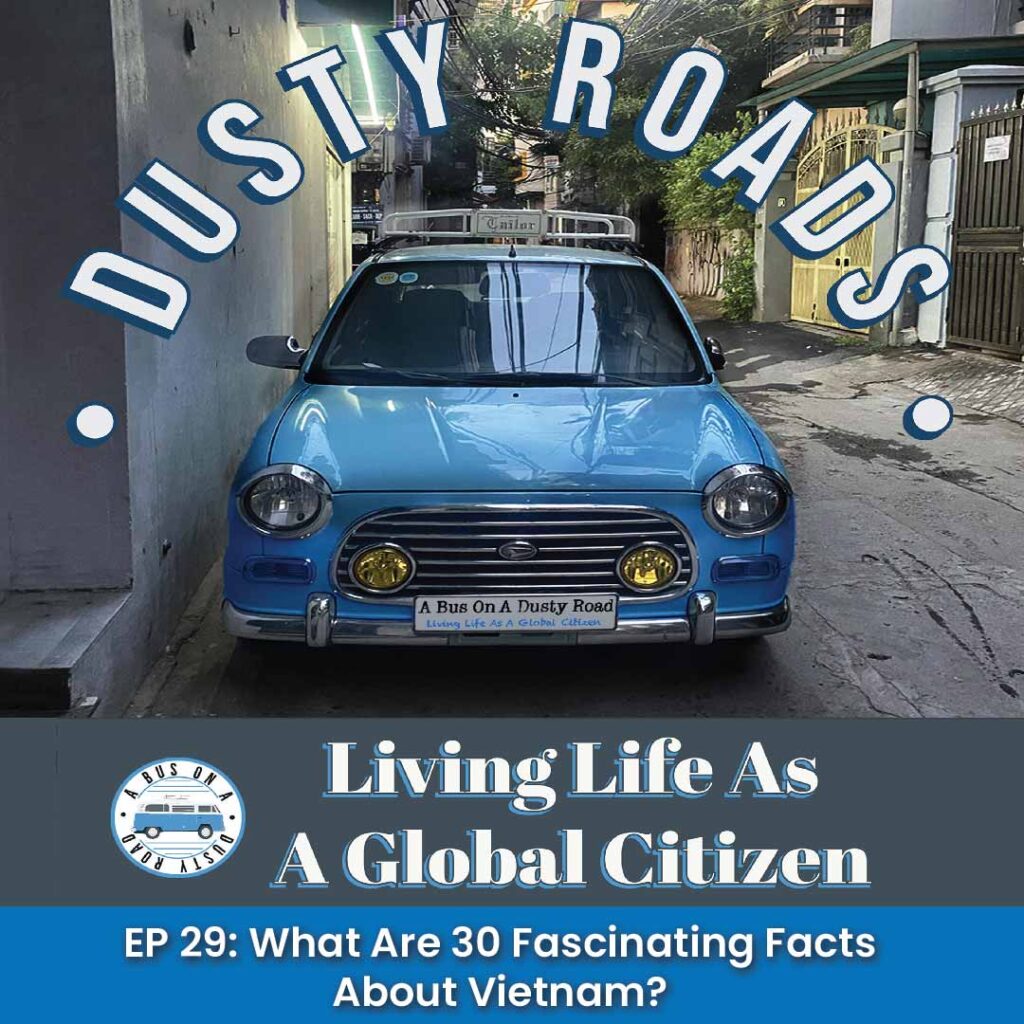Vietnam, a country nestled in the heart of Southeast Asia, is a land of incredible diversity and rich cultural heritage. Known for its breathtaking landscapes, bustling cities, and vibrant traditions, Vietnam is a destination that continues to captivate the hearts of travelers and culture enthusiasts alike.
Beyond its well-known attractions, Vietnam is brimming with unique and surprising facts that reveal the depth and complexity of this fascinating country. As we have lived and worked in Vietnam for many years, we will delve into 30 intriguing facts about Vietnam, offering a deeper insight into its history, culture, and everyday life. Whether planning a trip or simply curious, these facts will enrich your understanding of Vietnam’s multifaceted identity.
Table of Contents
- 30 Fascinating Facts About Vietnam
- Home to the World’s Largest Cave
- Vietnamese New Year – Tet
- A Country of Rivers
- Motorbike Capital of the World
- A Rich Coffee Culture
- Cultural Melting Pot
- Ao Dai – The National Dress
- Pho – The National Dish
- A Nation of Festivals
- Cu Chi Tunnels
- French Colonial Influence
- UNESCO World Heritage Sites
- Floating Markets
- War Remnants Museum
- Street Food Heaven
- Halong Bay – A Natural Wonder
- Traditional Water Puppetry
- Con Dao Islands – A Historical Landmark
- A Young Population
- Rice Terraces of Sapa
- The Legend of the Hoan Kiem Lake
- Marble Mountains
- A Diverse Wildlife
- Vietnamese Zodiac
- Breathtaking Caves
- A Unique Language
- Cao Dai Religion
- Street Vendors and the Art of Balancing
- Mekong Delta’s Agricultural Riches
- Vietnam’s National Flag
- Listen To Our Podcast About What Are 30 Fascinating Facts About Vietnam? Below or By clicking here.
- Related Questions
30 Fascinating Facts About Vietnam
Vietnam is an intriguing country with a wealth of experiences to offer. Having spent considerable time here, I can personally attest to its allure. It’s a place rich in culture and history and has an abundance of sights and activities to explore.
Home to the World’s Largest Cave

Vietnam is home to Son Doong Cave, the largest cave in the world. Located in Phong Nha-Ke Bang National Park, it is so vast that it contains its river, jungle, and unique ecosystem.
Vietnamese New Year – Tet

Tet Nguyen Dan, or Tet, is the most important holiday in Vietnam. It marks the Lunar New Year and is celebrated with family reunions, traditional foods, and various cultural rituals.
A Country of Rivers

Vietnam boasts an extensive network of rivers, with the Mekong and Red Rivers being the most significant. The country’s waterways are vital for transportation, agriculture, and daily life.
Motorbike Capital of the World

Vietnam has one of the highest motorbike per capita numbers. In cities like Ho Chi Minh City and Hanoi, motorbikes dominate the streets and serve as the primary mode of transportation.
A Rich Coffee Culture

Vietnam is the second-largest coffee exporter in the world, known for its solid and flavorful brews. Vietnamese coffee culture includes unique drinks like “ca phe sua da” (iced coffee with condensed milk) and “ca phe trung” (egg coffee).
Cultural Melting Pot

Vietnam is home to 54 recognized ethnic groups with distinct languages, traditions, and customs. The Kinh (Viet) people comprise the majority, while ethnic minorities enrich the cultural landscape.
Ao Dai – The National Dress

The “ao dai” is Vietnam’s traditional long dress, often worn on special occasions. It is a symbol of elegance and cultural pride, especially for women.
Pho – The National Dish

Pho, a flavorful noodle soup, is Vietnam’s national dish. It is typically made with beef or chicken, aromatic herbs, and rice noodles, making it a beloved comfort food nationwide.
A Nation of Festivals

Vietnam hosts yearly festivals, celebrating everything from religious events to agricultural seasons. The Mid-Autumn Festival and the Perfume Pagoda Festival are among the most popular.
Cu Chi Tunnels

The Cu Chi Tunnels, located near Ho Chi Minh City, are an extensive underground network used by Viet Cong soldiers during the Vietnam War. Today, they are a popular tourist attraction, offering a glimpse into the country’s wartime history.
French Colonial Influence
Vietnam’s history includes a period of French colonial rule, which has impacted its architecture, cuisine, and language. French baguettes, pastries, and colonial buildings are prominent features in cities like Hanoi and Ho Chi Minh City.
UNESCO World Heritage Sites

Vietnam is home to eight UNESCO World Heritage Sites, including Ha Long Bay, Hoi An Ancient Town, and the Complex of Hue Monuments, showcasing the country’s rich cultural and natural heritage.
Floating Markets

The Mekong Delta is famous for its floating markets, where vendors sell goods directly from boats. These markets are vital to the local economy and a unique cultural experience.
War Remnants Museum

Located in Ho Chi Minh City, the War Remnants Museum offers a sobering look at the Vietnam War through military equipment exhibits, photographs, and personal accounts.
Street Food Heaven

Vietnam is renowned for its vibrant street food culture. Dishes like banh mi (Vietnamese sandwich), bun cha (grilled pork with noodles), and goi cuon (spring rolls) are must-tries for any visitor.
Halong Bay – A Natural Wonder

Halong Bay, with its emerald waters and limestone karsts, is one of Vietnam’s most iconic natural wonders. It is a popular destination for cruises, kayaking, and exploring hidden caves.
Traditional Water Puppetry

Water puppetry is a unique Vietnamese art form from the 11th century. Puppeteers perform intricate stories on water, accompanied by traditional music.
Con Dao Islands – A Historical Landmark

The Con Dao Islands are known for their natural beauty and historical significance. Once a French colonial prison site, they are now a historical museum.
A Young Population
Vietnam has a relatively young population, over half its citizens under 30. This demographic has led to a dynamic and rapidly evolving culture.
Rice Terraces of Sapa

The rice terraces of Sapa, located in northern Vietnam, are a stunning agricultural marvel. The region is also known for its ethnic minority communities and trekking opportunities.
The Legend of the Hoan Kiem Lake

Hoan Kiem Lake in Hanoi is steeped in legend. It is said that Emperor Le Loi returned a magical sword to a giant turtle in the lake after defeating invaders, giving it the name “Lake of the Returned Sword.”
Marble Mountains

The Marble Mountains near Da Nang are a cluster of five hills made of marble and limestone. They are a popular pilgrimage site featuring caves, tunnels, and Buddhist sanctuaries.
A Diverse Wildlife

Vietnam is home to a rich biodiversity, including rare species like the Javan rhinoceros and the Saola, also known as the “Asian unicorn.” National parks like Cat Tien and Cuc Phuong are vital conservation areas.
Vietnamese Zodiac

Similar to the Chinese zodiac, the Vietnamese zodiac includes 12 animals, but with a few differences. For instance, the Vietnamese zodiac includes the cat instead of the rabbit.
Breathtaking Caves

Besides Son Doong, Vietnam has other impressive caves, such as Phong Nha Cave and Paradise Cave. These natural wonders attract spelunkers and adventure seekers from around the world.
A Unique Language
The Vietnamese language uses the Latin alphabet, unlike many other Asian languages. It includes diacritical marks to indicate tone and meaning, making it a tonal language with a unique script.
Cao Dai Religion

Vietnam is the birthplace of the Cao Dai religion, a syncretic faith that blends elements of Buddhism, Christianity, Taoism, and Confucianism. The Cao Dai Holy See in Tay Ninh is a colorful and architecturally unique temple.
Street Vendors and the Art of Balancing
Street vendors in Vietnam are skilled in balancing heavy loads on their shoulders using a bamboo pole, a common sight in bustling markets and streets.
Mekong Delta’s Agricultural Riches

The Mekong Delta, known as the “Rice Bowl of Vietnam,” is a fertile region producing a significant portion of the country’s rice, fruits, and seafood.
Vietnam’s National Flag

The national flag of Vietnam features a red background with a yellow five-pointed star in the center. The red represents the bloodshed during the fight for independence, while the star symbolizes the unity of workers, peasants, intellectuals, youth, and soldiers.
Vietnam is a country of extraordinary diversity and profound cultural depth. From its stunning natural landscapes to its rich history and vibrant traditions, Vietnam offers many experiences and stories waiting to be discovered.
These 30 fascinating facts only scratch the surface of what this incredible country offers. Whether you’re a history buff, a foodie, an adventure seeker, or someone looking to immerse yourself in a unique culture,
Vietnam has something to captivate your interest. As you explore this beautiful country, you’ll find that every corner holds a piece of its soul, making Vietnam a truly unforgettable destination.
Listen To Our Podcast About
What Are 30 Fascinating Facts About Vietnam? Below or By clicking here.

At A Bus On A Dusty Road, we talk about everything about history, travel, life, sailing, and ex-pat living. We are all about “Living Life As A Global Citizen.” We explore social, cultural, and economic issues and travel.
We would love to have you be part of our community. Sign up for our newsletter to keep up-to-date by clicking here. If you have any questions, you can contact me, Anita, by clicking here.
Listen to our Podcast called Dusty Roads. You can find it on all major podcast platforms. Try out listening to one of our podcasts by clicking here.
Subscribe to our A Bus On A Dusty Road YouTube Channel filled with great videos and information.
Related Questions
Are Hmong People And Mongol People Related?
The Hmong people are from China and have migrated to southeast Asia, mainly Vietnam, Laos, Thailand, and Myanmar (Burma). The Mongols, also known as Mongolians, live primarily in Inner Mongolia (China) and Mongolia. The Hmong mainly live in the mountains, whereas the Mongols are nomadic herders.
By clicking here, you can discover Are Hmong People And Mongol People Related?
What Happened To The Hmong After The Vietnam War?
When the Vietnam War ended, the Hmong in Laos was in a terrible position; the Hmong fighters were enemies of the present Laotian government and considered “persona non gratis.” Some were forced into labor camps or kicked out of their home and lands. The Hmong eventually made their way to the Laotian – Thai border to try to get into the United States via Thailand.
By clicking here, you can discover What Happened To The Hmong After The Vietnam War?
Are Miao And Hmong The Same People?
Miao is a Chinese term used for the ethnic hill tribes that are Hmong, Hmu, Qo Xiong, and A-Hmao people. If someone says they are Miao, you can not automatically assume they are Hmong as they could be one of these four ethnic classified groups.
By clicking here, you can learn more by reading Are Miao And Hmong, The Same People?

